- Chinese Cash Coins: These were the most common type of coin in China from the 4th century BCE to the 20th century CE. They were round with a square hole in the center and were typically made of copper or bronze alloys. The round shape symbolized the sky, and the square hole represented the Earth, a significant concept in ancient Chinese cosmology. The hole also allowed the coins to be easily strung together for ease of transport and to form higher denominations.
- Other Asian Nations: Similar cash coins with holes were also used in Japan, Korea, Ryukyu, and Vietnam.
- Modern Japanese Coins: The Japanese 5 Yen coin and 50 Yen coin still feature a central hole. The 5 Yen coin, minted from brass, has a hole in the center and depicts a rice plant, water, and a gear, symbolizing Japan’s key industries of agriculture, fisheries, and industry. The 50 Yen coin, now made of cupronickel, also has a hole, which was added to distinguish it from the 100 Yen coin.
- Portability: The holes enabled people to string the coins together, especially for larger transactions, where a string of 1000 cash coins could be quite heavy.
- Symbolic Significance: Beyond practical reasons, the round shape and square hole were believed to symbolize the relationship between Heaven and Earth in ancient Chinese philosophy.
- Manufacturing Efficiency: The square hole also aided in the casting process of the coins, allowing for more precise production.
- The Chinese practice of using round coins with square holes originated from the barter of farming tools, with tokens resembling spades and knives evolving into these standardized coins.
- Antique Chinese Old Coin Xiangfu Tongbao Square Hole Coins with flower or rosette holes (octagonal holes) exist, and their purpose and significance are debated by scholars.
- In Japanese culture, the 5 Yen coin is considered lucky and is often given as a donation at Shinto shrines, with the sound of “go en” being a homophone for “destiny” or “fortuitous encounters”.
- The value of these coins can vary significantly depending on their age, condition, rarity, and historical significance.
- Modern Japanese 5 Yen coins are generally not considered valuable but may hold sentimental value.
- However, certain rare or older Chinese and Japanese coins with holes can be of interest to collectors.

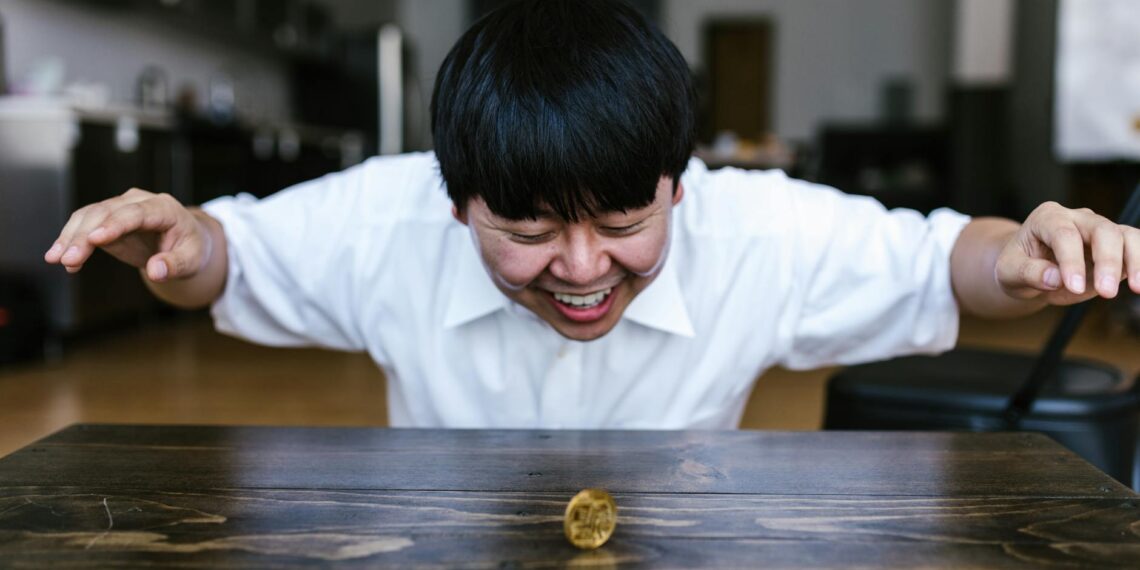




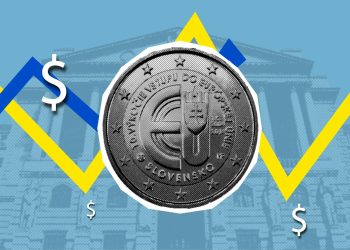
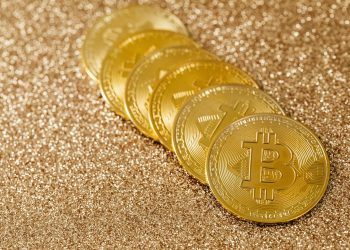
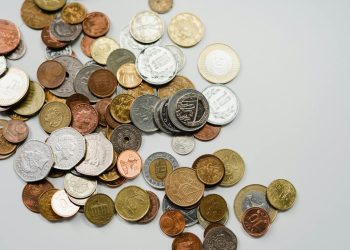
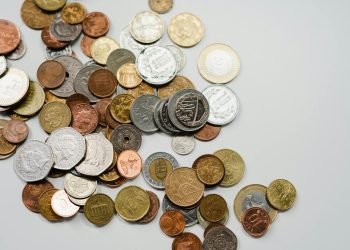

How much is the Japanese coin with a hole in the middle worth?
I can help with that. The 10,000 Yen bill has two bumps side by side, the 5000 Yen bill has two bumps, one on top of the other, and the 1000 Yen bill has one bump. The coins vary only slightly in size. The 100 Yen coin and 50 Yen coin have ridged edges. The 50 Yen coin and 5 Yen coin have holes in their centers.
What does the hole in the Chinese coin mean?
Great question! Qin to Sui dynasties
It is commonly believed that the early round coins of the Warring States period resembled the ancient jade circles (璧環) which symbolised the supposed round shape of the sky, while the centre hole in this analogy is said to represent the planet earth (天圓地方).
Why do Japanese coins have a hole in the middle?
I can help with that. These first holed five yen coins use an old style Japanese script known as Kaisho. The Japanese government added the hole in the center of the coin to save material costs. The overall design of the coin featuring rice, water and a gear on the obverse, and tree sprouts on the reverse has not changed since this time.
What is a rare coin with a hole in the middle?
And not round like newer coins. However in 350 BC they started making round coins. History stated that in one year 220 million coins were made which was a record for ancient.